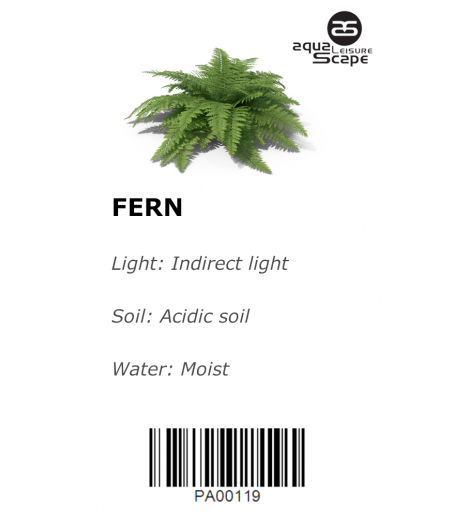Boston fern, also known as sword fern, is a popular fern species that grows in many tropical areas around the world. In North America, it is considered a classic houseplant and is easy to care for, as it doesn’t require a lot of sunlight and can live on for years. It also purifies the air and increases humidity in a room. Outdoors, this perennial plant thrives in swampy, humid, and forested areas, and makes a good choice for partial-shade gardens in places like Southern California or Florida.
Its sword-shaped, blue-green foliage contains tiny leaflets and grows erect, arching only when fronds grow larger, which can reach 4 feet long and 6 inches wide. Like several other fern species, Boston fern grows quickly when young and becomes more of a slow-grower as it matures. It is best planted outdoors in the fall or spring or indoors year-round.
| Common Names | Boston fern, sword fern, ladder fern, boss fern |
| Botanical Name | Nephrolepis exaltata |
| Family | Lomariopsidaceae |
| Plant Type | Herbaceous, perennial |
| Mature Size | 2-3 ft. tall and wide |
| Sun Exposure | Partial |
| Soil Type | Moist, well-drained |
| Soil pH | Acidic |
| Hardiness Zone | 9-11 (USDA) |
| Native Area | Central America, North America, South America, Africa, Pacific Islands |
Light
Boston fern grows best in bright, indirect light. Too much shade can result in sparse, lackluster fronds. Too much sun can burn the fronds. Boston fern thrives as a porch plant that receives filtered morning sun and afternoon shade.
Soil
Ferns prefer organically rich, loamy soil with good drainage. Add compost and peat to your outdoor garden before planting. For a potted Boston fern, use a peat-based potting mix with added perlite for increased drainage capacity.
Water
Keep the soil lightly moist during the spring and summer growing months with once-weekly watering for houseplants and more frequently for outdoor Boston ferns in warm climates. Water every other week during fall and winter dormancy. Fronds may droop in dry soil.
Temperature and Humidity
Boston fern prefers temperatures between 65 and 75°F. Temperatures above 95°F and below 35°F harm the plant. This fern thrives in humidity levels above 80% which can be achieved with misting or a pebble tray. Low humidity causes frond tips to turn brown. Indoors, keep the plant away from extreme temperatures and indoor drafts from air conditioners or heating vents.
Fertilizer
For outdoor Boston ferns, amend the soil with 1 inch of compost and mulch annually to maintain good growing conditions. Feed indoor ferns once a month during the spring and summer using a 20-10-20 liquid houseplant fertilizer at half strength. Do not fertilize in the late fall and winter months.
Reviews
There are no reviews for this product.



